Green Insulation Options for Energy Efficiency
Chosen theme: Green Insulation Options for Energy Efficiency. Welcome to a friendly, practical guide that shows how planet-positive insulation boosts comfort, slashes energy waste, and makes every room feel like home. Explore real stories, smart tips, and next steps you can act on today—then subscribe for more green building inspiration.


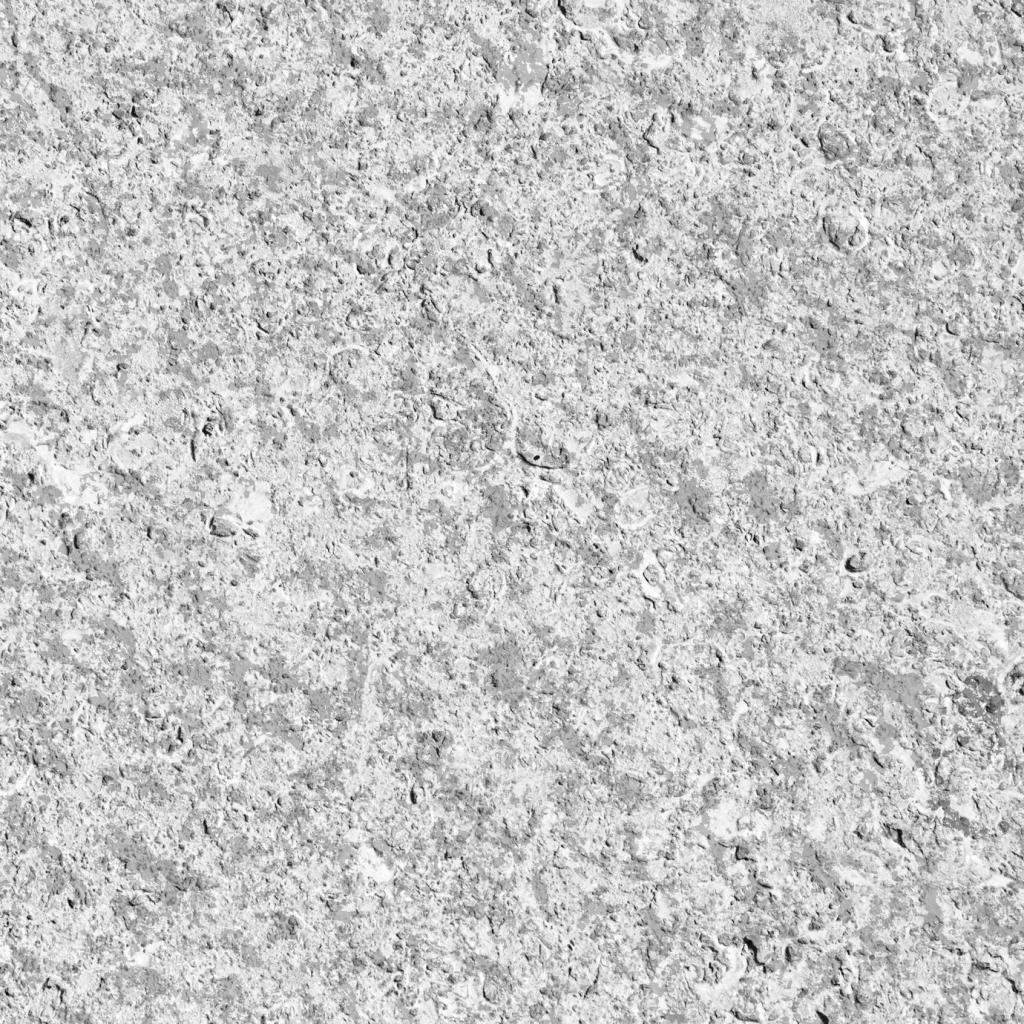

Cellulose from Yesterday’s Newsprint
Made from recycled paper and treated with borates for fire and pest resistance, cellulose shines in attics and walls. Dense-pack methods curb air movement, improving real-world performance. It fits irregular cavities and can be installed with minimal waste. Ask us how it performs in your wall depth and climate zone.

Sheep’s Wool and Recycled Denim
Bio-based batts like wool and denim feel pleasant to handle and naturally buffer moisture, helping walls dry safely. Their acoustic dampening makes busy homes calmer. While R-values per inch vary, thoughtful installation and air sealing unlock their potential. Tell us your DIY comfort level and we’ll recommend friendly steps.
Designing for Your Climate and Home
In cold regions, target air sealing first, then add enough exterior continuous insulation to keep sheathing warm. Vapor-open materials help assemblies dry. Cellulose or wood fiber inside, with cork or wood fiber outside, can work beautifully. Share your attic height and roof pitch for draft retrofit recommendations that fit reality.
Designing for Your Climate and Home
In muggy climates, let assemblies dry outward while blocking inward vapor drives where needed. Use smart vapor retarders inside and vapor-open layers outside. Materials like cork and wood fiber help buffer moisture. Tell us your nearest city, and we’ll suggest details that balance humidity, rain, and blistering summer sun.
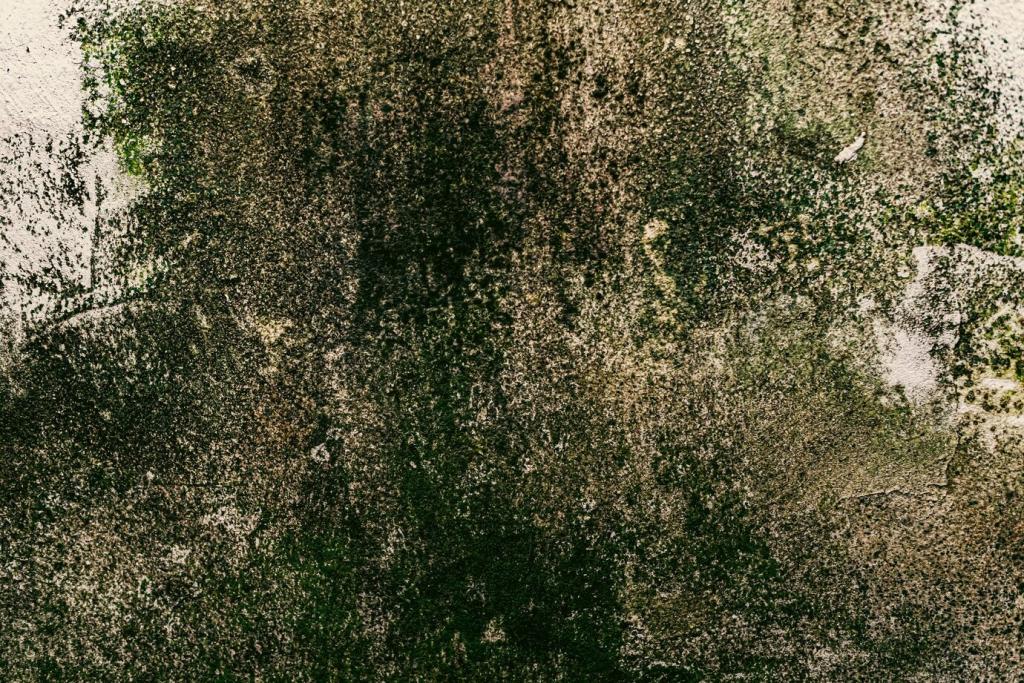

Air Sealing: The Hidden Hero
Before insulating, chase leaks around penetrations, top plates, and rim joists. Use sealants and tapes rated for your climate and material. The tighter you seal, the more your insulation can shine. Drop a comment with your blower door targets, and we’ll suggest achievable steps to reach them confidently.
Avoiding Thermal Bridges and Gaps
Continuous exterior insulation cuts heat paths through studs and headers. Inside, batts must fit snugly without compression. Around electrical boxes and pipes, custom-fit pieces matter. Share photos or sketches of tricky corners, and we’ll feature solutions that keep performance intact from foundation to ridge without cold spots.
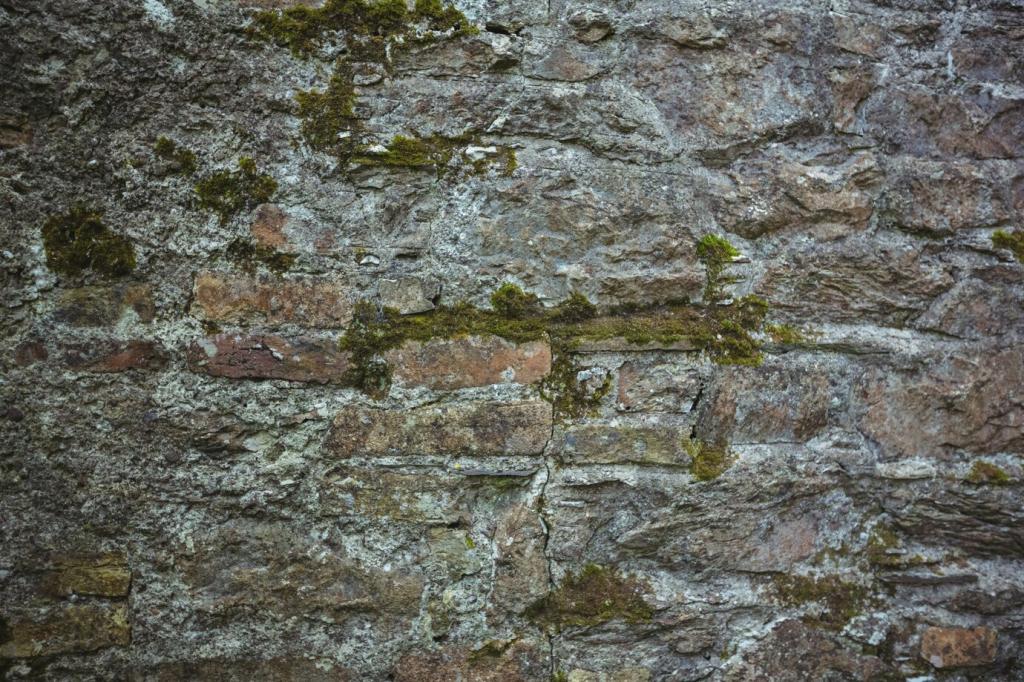
Healthier Indoor Air, Naturally
Many greener options avoid high-VOC binders and problematic flame retardants. Cellulose typically uses borates, which resist pests and fire without strong odors. Wool can neutralize certain indoor pollutants. Ask about certifications that matter to you, and we’ll decode labels like Greenguard or Declare in a future deep dive.
Healthier Indoor Air, Naturally
Insulation that permits drying and buffers humidity helps keep assemblies safe. Combine vapor-open layers with robust flashing outside, and control indoor humidity with ventilation. Share your dehumidifier or ERV setup, and we’ll explain how insulation choices interact with moisture to support lasting, healthy walls and roofs.


Money Matters: Payback, Incentives, and Value
Simple payback is only the start. Consider comfort, resilience during outages, and maintenance savings. Long-lived materials reduce replacement cycles. Share your current monthly bills and fuel type, and we’ll model how insulation and air sealing together typically outperform insulation alone in both savings and satisfaction.
Money Matters: Payback, Incentives, and Value
Many regions offer rebates, tax credits, or low-interest financing for energy upgrades. Utilities may provide free energy audits. Comment with your state or country, and we’ll highlight programs our readers have used successfully—plus tips for documentation that smooths approvals and maximizes the value you keep.
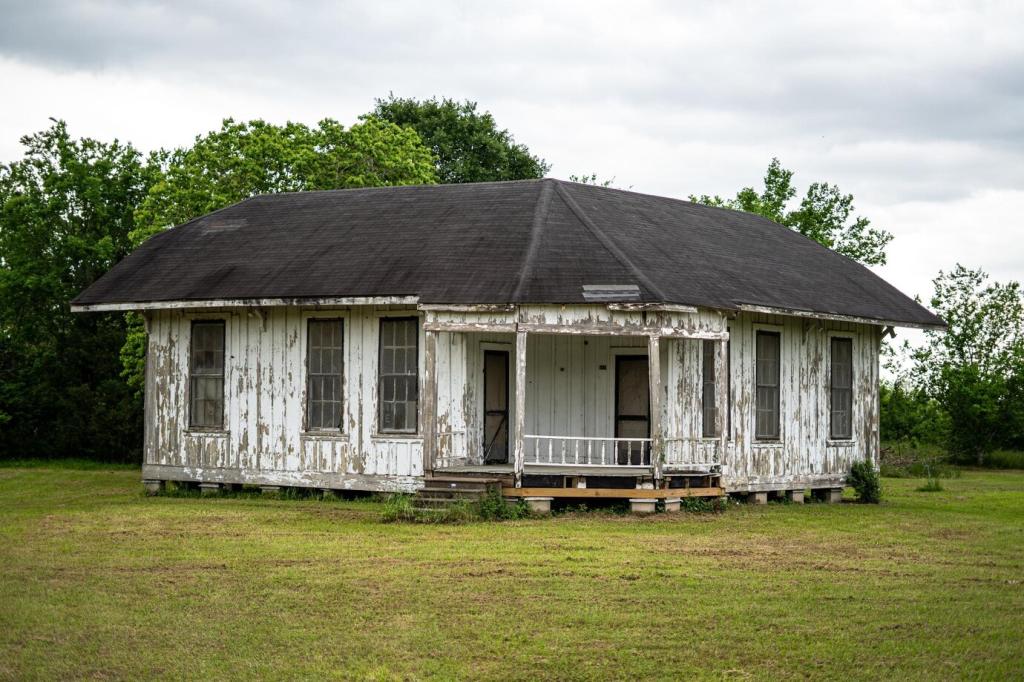
A Retrofit Story to Inspire
An energy audit found big leaks at the attic hatch and recessed lights. The plan combined air sealing, baffles to maintain ventilation, and 14 inches of blown-in cellulose. A small budget, a rented blower, and two motivated friends set the stage for a satisfying weekend transformation with measurable results.
What’s Next: Emerging Green Insulation Tech
Mycelium and Agricultural Waste Panels
Mycelium grows into insulating panels using agricultural byproducts, creating materials with compelling carbon stories and acoustic benefits. Early adopters report promising performance when protected from bulk water. Interested in prototypes or pilot projects? Share your location, and we’ll connect you with regional research or supplier leads.
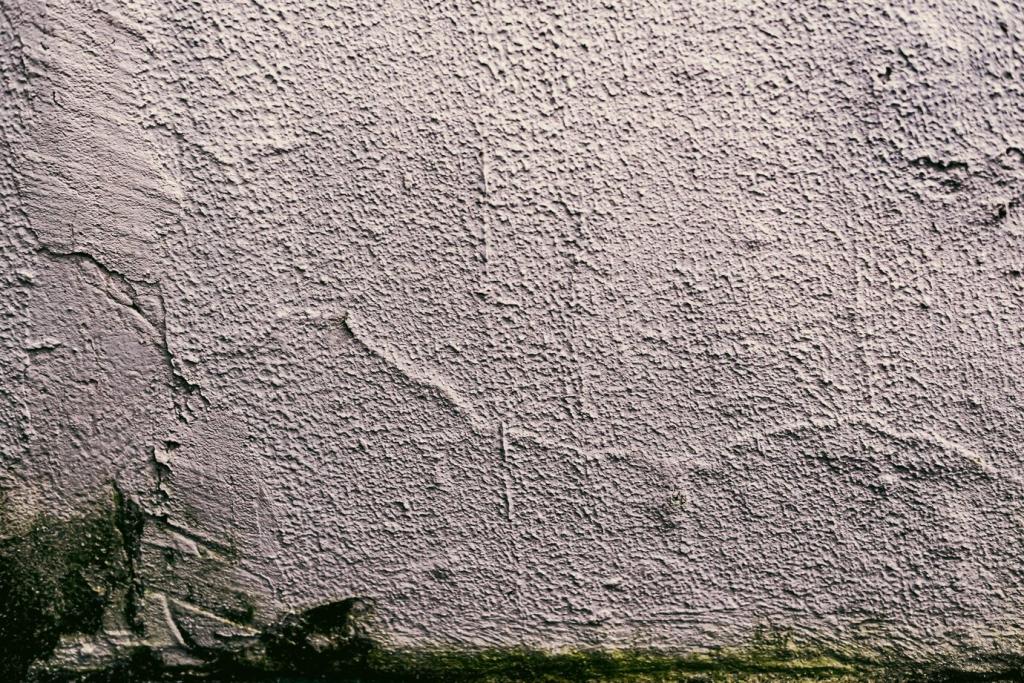
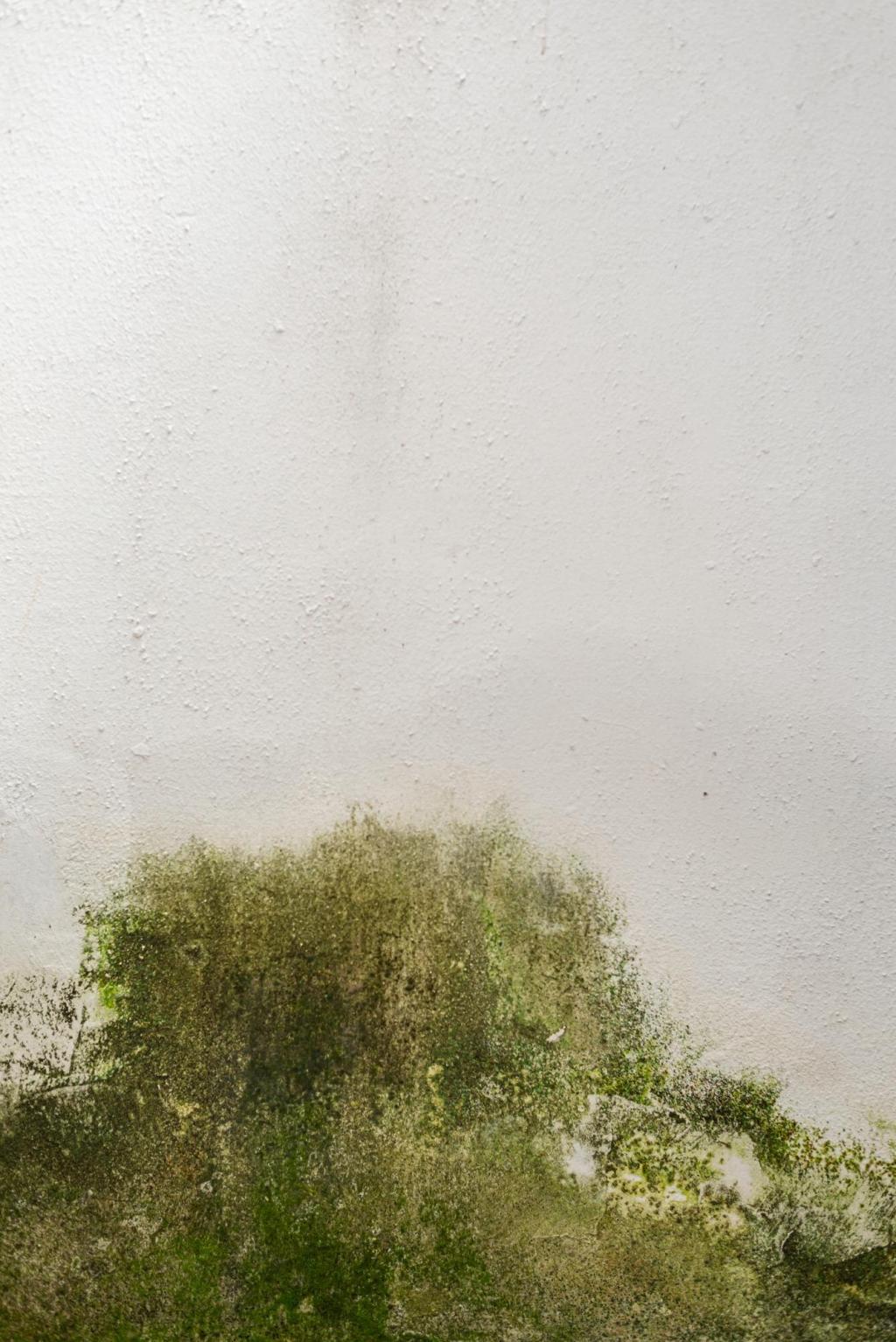
Recyclable Foams and Low-GWP Blowing Agents
Manufacturers are rolling out foams with lower global warming potential and improved recyclability pathways. While not all are perfect, progress is accelerating. Weigh embodied impacts against operational savings thoughtfully. Tell us your project constraints, and we’ll help you evaluate trade-offs in context rather than in isolation.
